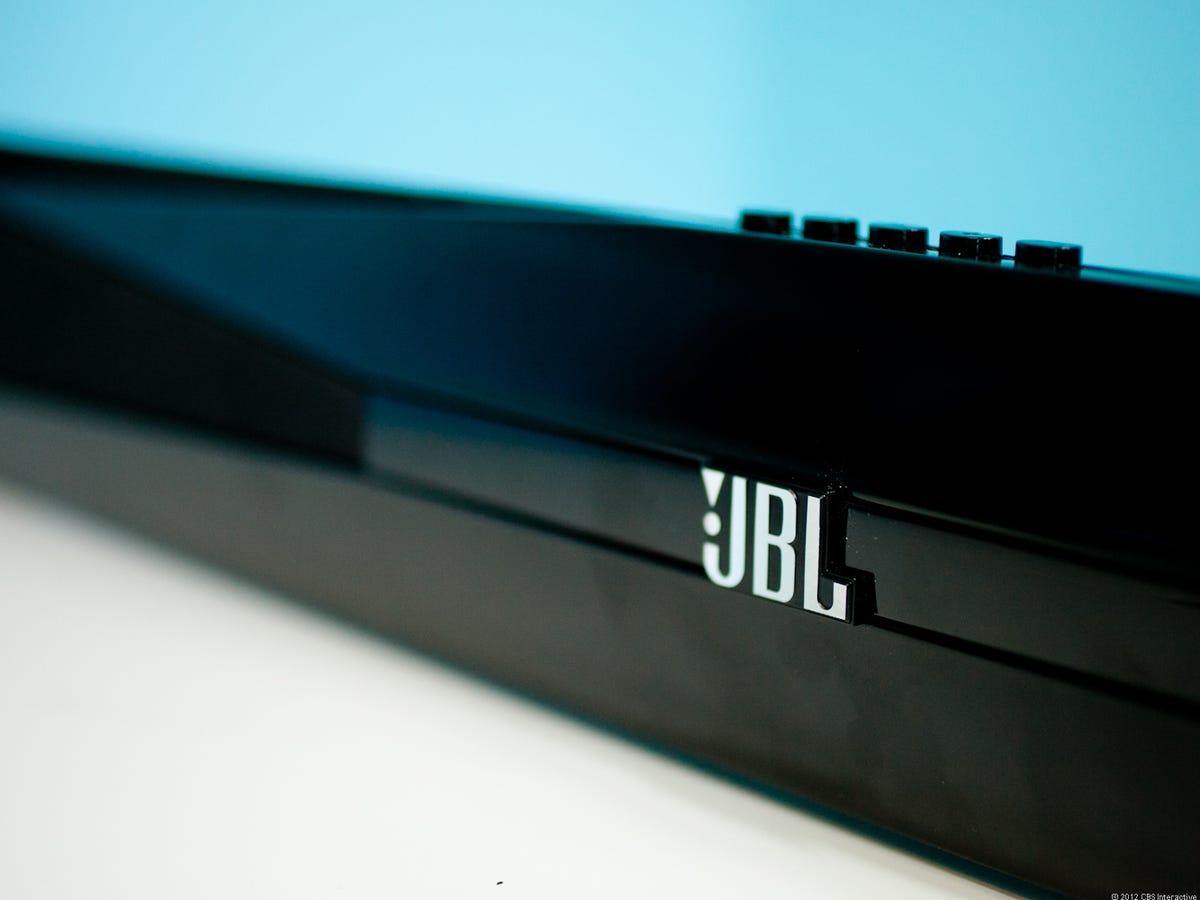Sound bars are an excellent compromise between shelling out for an expensive surround-sound system and settling for the tinny sound from your TV’s built-in speakers, but that doesn’t mean they’re perfect. In fact, sound bars have quite a few real-world problems and limitations that are often glossed over, only to rear their heads after you’ve got one set up at home.
Here’s what you should know before you make the jump to buying a sound bar.
1. The sound bar might block your TV’s remote sensor Glitzy product photos often show sound bars wall-mounted right below a TV, but most people place their sound bar on their TV stand. That can be problematic because larger sound bars have a tendency to block the TV’s remote-control sensor, forcing you to stand up and angle your remote to control your TV. That’s a real pain, so if you’re considering buying a sound bar — especially a relatively tall model like the Boston Acoustics TVee Model 25 — it’s worth checking to see where your TV’s remote sensor is and if your prospective sound bar is tall enough to block it.
Alternatively, you can opt for a sound bar that avoids this problem. The Yamaha YAS-101 has a nifty IR repeater on the back, so it accepts remote commands from the front of the sound bar and passes them through the TV behind it. And Zvox’s Z-Base systems are designed to sit under your TV, so they are never in the way in the first place.
2. Many don’t come with a remote Just about every home theater gadget comes with its own remote (which is why your coffee table is littered with them), but sound bars are the exception. Quite a few models don’t include a remote and instead rely on you to program the sound bar to accept commands from your TV’s remote. It’s a good idea in theory (fewer remotes on the coffee table), but it doesn’t work so well in practice.


Now playing:
Watch this:
Bluetooth speakers under $200
2:16
The problem is that during the setup process, you’ll be asked to disable your TV’s internal speakers so you’re not getting sound from both the TV and the sound bar, which generally doesn’t sound good. Then when you use your TV remote to adjust the sound bar’s volume, the TV will still receive those volume commands and might display an onscreen message letting you know that the volume commands won’t work because you disabled the speakers.


Not every TV displays the onscreen message, but last time I checked, about half the TVs in CNET’s lab had this problem. Nobody wants to see an error message message every time you adjust the volume, so if your TV shows this message when the speakers are disabled, you’ll want to make sure you get a sound bar with an included remote.
3. ‘Virtual surround’ is just wider stereo Almost every sound bar comes with some kind of “virtual surround” mode, promising to deliver surround sound without the hassle of rear speakers. These virtual surround modes aren’t useless, but they don’t get anywhere near surround sound. In the best-case scenario, they’ll widen the sound field so the sound bar sounds bigger than its size.
The only exception I’ve heard is Yamaha’s YSP series of Digital Sound Projectors, which convincingly produce surround-sound effects from a single-speaker enclosure. However, a Yamaha Digital Sound Projector generally costs more than $1,000; your typical budget sound bar isn’t doing anything close to virtual surround.


4. It might not have a front-panel display
Manufacturers have gotten better at this recently, but there are still plenty of sound bars being sold that don’t have a front-panel display. You don’t need a lot of visual feedback from a sound bar, but it’s nice to know how high the volume is or what input you’ve selected. If your sound bar just has basic LEDs on the front, you won’t know if the volume is maxed out or you still have some headroom left.
Luckily, displays are becoming more common on newer sound bars. I’m especially impressed with the “behind the speaker grille” displays included on the Haier SBEV40-SLIM and Zvox’s newer Z-Base systems.
5. Connectivity might not be as important as you think Whenever I review a sound bar with limited connectivity, like the excellent-sounding Harman Kardon SB 16, there’s always a commenter (or two) quick to dismiss it because it lacks HDMI connectivity.
Yes, most home theater gadgets these days use HDMI, but that doesn’t mean you necessarily need HDMI ports on your sound bar. Instead, you can connect all your home theater devices directly to your TV, then use the TV’s audio output to connect to the sound bar. That way when you switch inputs on your TV, you’ll also be switching what audio is sent to your sound bar. And it’s typically a slightly cleaner setup because you only need one cable running to the sound bar.
This arrangement does mean you’re limited to your TV’s connectivity, which may be limited if you have an older TV with only a couple of HDMI ports. In that case, you may prefer a sound bar with more connectivity options.
Want more advice on buying a sound bar? Check out CNET’s list of best sound bars.




